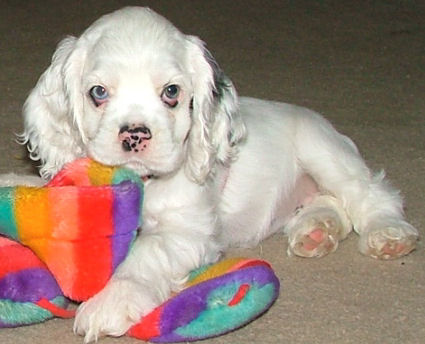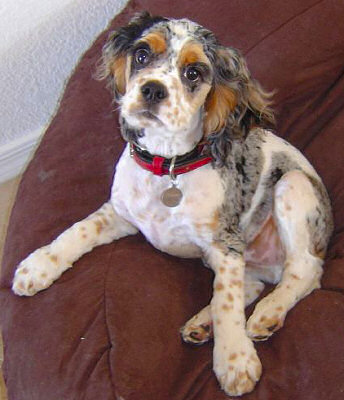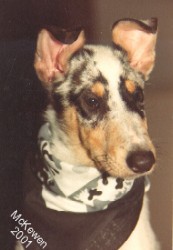Just to add for the Collies because I can't resist ...
In the US, we have 4
accepted colors (by the standard) - tricolor, blue merle, sable, and white (with a colored head of either sable, tri or blue). The tricolor, sable, and blue will all have some sort of white markings (often called the 'Irish pattern'). You will also have the sable merle color, and they are quite common, but the color is not listed as an acceptable color in the standard(s). Also, in Europe, white is NOT an acceptable color.
Currywood, I'm not trying to be difficult, but I do want to clarify this. Actually, sable merles
do exist in the show world, they are just shown in the sable and white class for Roughs. (Smooths are not separated by color, so they're there too along with everyone else). And yes there are some lovely ones who have done some big winning too!

Adding the sable merle to the standard is a hot topic right now in the Collie world, with people on both sides of the fence. Personally, I think it should be added - the color is not related to any health problems, and you would only have to be careful with how you bred them just like a blue merle.
And some stats I've seen in several different places ...
According to CCA & AKC statistics over 200 sable merles have finished their AKC championships since 1990 when AKC added sable merle to the color selection on registration papers.








